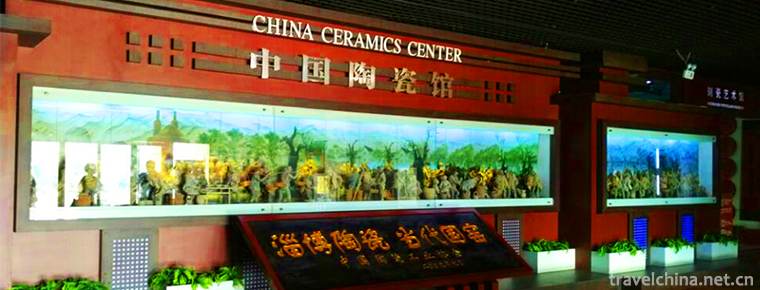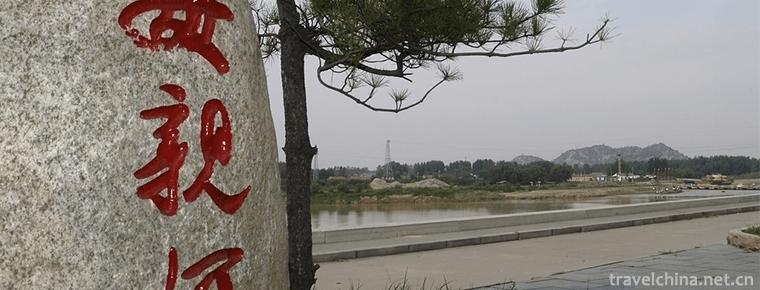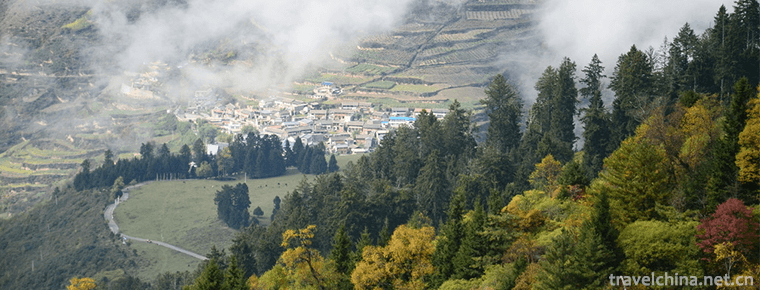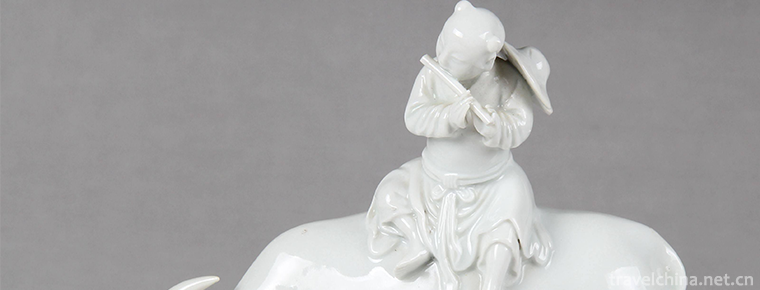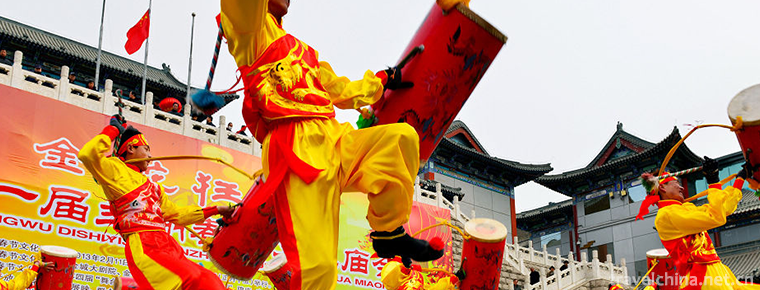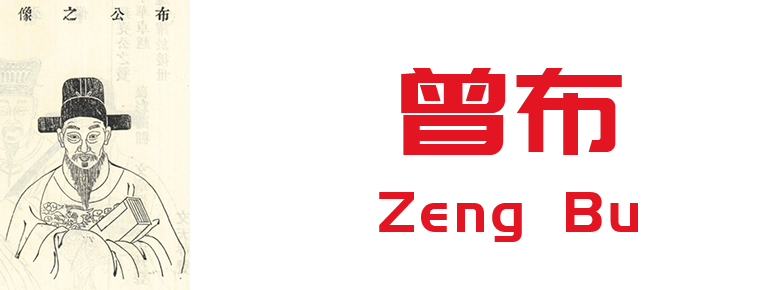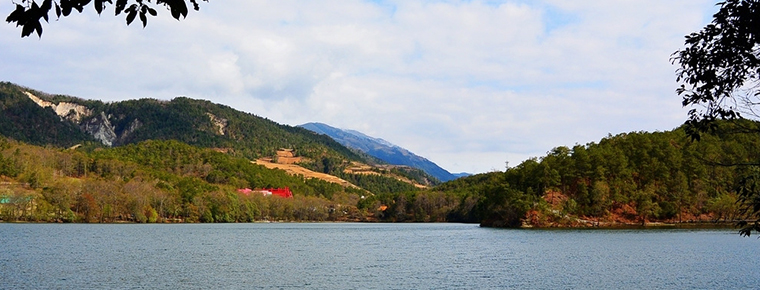Gulin lantern
Gulin lantern
Gulin lanterns, centered on Gulin, are widely distributed in the middle reaches of Chishui River at the junction of Sichuan, Guizhou and Yunnan provinces. It is a popular folk song and dance art of the Han nationality in Gulin County, Luzhou City, Sichuan Province. It has the performing style of "laughing, making noise, singing and dancing".
Legend has it that it originated in Tang and Song Dynasty and has a history of thousands of years. According to the Records of Gulin County, Gulin lanterns were popular among the people in the mid-Qing Dynasty, commonly known as twisting lanterns. Every year, from the 2nd to 18th of the first month of the first lunar month, the lanterns in the villages were "playing with lanterns, celebrating the New Year", talking and singing auspiciously, and wishing peace and security. After several generations of inheritance, it is deeply loved by the local people. Gulin County is also known as "the land of lanterns".
The content of Gulin Lantern Program includes "New Year's greetings", "praise diligence and laziness" and the dissemination of axioms and ethics, but the main content is the simple love between men and women in mountainous areas.
On November 11, 2014, Gulin lanterns were successfully declared as the fourth batch of national intangible cultural heritage.
Legends of origin
About the beginning of Gulin flower lantern, there is such a description in its lyrics: "From the Tang Dynasty, the lantern rose from the Tang Dynasty, the Tang Dynasty, and now, the Empress Empress suffered from eye disease, promised 36 lanterns, twelve heavenly into purple microstars, twelve Earthly into five-grain lanterns, twelve left in the folk as flower lanterns." "King Wu Xuan (brother of Song Renzong) made lanterns, robbed his wife Luo Huiying, and robbed his wife Miss Luo. Bao Ye raised his head to make an injustice, and Bao Ye raised his head to make an injustice, which has been handed down from ancient times to today." According to this inference, the ancient Linhua lantern originated from the Tang and Song Dynasties, and has a history of thousands of years.
According to Qing Guangxu's Thirty-three Years (1907) Records of "Renewal of Xuyong and Yongning Hall County Hezhi Folk Customs": "From the eighth day of the first lunar month, the streets set up lampshades under the lamp poles, the drums were bustling, tourists were like ants, twelve to fifteen nights, dragon lanterns, lion lanterns, lanterns, so-called Lantern Festival Lantern." It can be seen that the ancient Linhua lantern has a history of over a hundred years.
According to the Records of Gulin County, in the mid-Qing Dynasty, Gulin lanterns were popular among the people, commonly known as "twisting lanterns". Every year, from the 2nd to 18th of the first lunar month, the lanterns in the villages walked through the streets to "play with lanterns and celebrate the New Year". They talked and sang auspiciously, wished peace, thanked Heaven and earth, praised love and spread public morality.
According to Mou Daojing, the lamp head of Benkou Township, Dangui District, Gulin County, "The lantern of Mou Jia Lantern Ban was imparted by a folk artist named Ma Zengtang from Chishui County. Up to now, there have been five generations of people who can name and name." According to the word of mouth, Gulin lantern has a history of at least 100 years.
Inheritance and protection
In the 1980s, Gulin Flower Lantern was included in "The Integration of Chinese Ethnic and Folk Dances - Sichuan Volume".
The performances of Gulin lanterns have never been interrupted, and the main content of the lyrics is to reflect the production and life of the working people. After several generations of inheritance, folk art has continued through traditional festival activities and become a representative work of Lantern singing and dancing with local characteristics.
Since 1995, Gulin County has carried out many county-wide censuses on lanterns, sorted out the collected data, recorded and recorded the lanterns with modern scientific and technological means, and registered every lantern class and successors in the territory.
In 2005, Gulin County made a detailed study of the props, costumes, performance records, music and movements of the lanterns, compiled the excellent Han folk culture Gulin lanterns, recorded the special CD of Gulin lanterns, and introduced Gulin lanterns systematically.
From 2005 to 2007, Gulin lanterns were listed in the first batch of intangible cultural heritage lists in Gulin County, Luzhou City and Sichuan Province.
Since 2010, the finance of Gulin County has invested special funds every year for the inheritance, protection and propaganda of Gulin Flower Lamp, and provided financial support to the representative inheritors of Gulin Flower Lamp, and carried out regular inheritance activities.
In 2014, Gulin lanterns were successfully declared as the fourth batch of national intangible cultural heritage.
In the autumn of 2014, Gulin Flower Lantern formally launched the activities of Gulin Flower Lantern entering the campus in 6 pilot schools of Gulin Town, such as Xiao Xiao, Gulin Middle School, Yongle Middle School, Dazhai Middle School, Horseshoe Middle School and Horseshoe Primary School. And compiled and printed "Gulin Lantern Knowledge Reading Book" for primary and secondary school students, created a suitable practice of Lantern exercises for primary and secondary school students, the introduction of Gulin Lantern, history, legends, processes, roles, props, clothing, music, dance basic knowledge to each primary and secondary school students, to train a new type of Lantern successor.
External evaluation
"Gulin Lantern" is a popular folk dance and song art of the Han nationality in Gulin County. It has the performance style of "laughing, making noise, singing and dancing", and is deeply loved by the local people.
Gulin Flower Lantern is a unique folk dance in Sichuan Province. It is known as the "two-person dance" in the south.
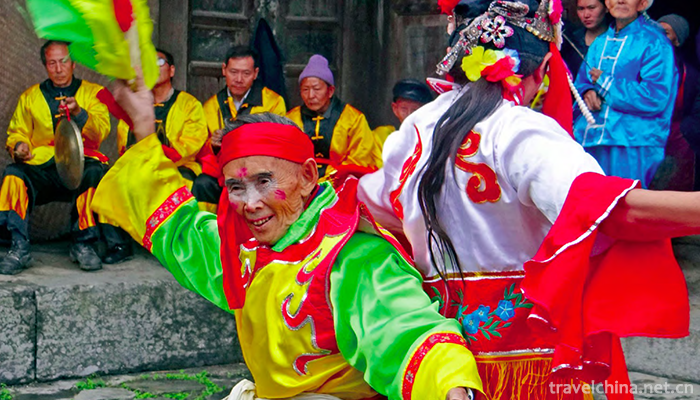
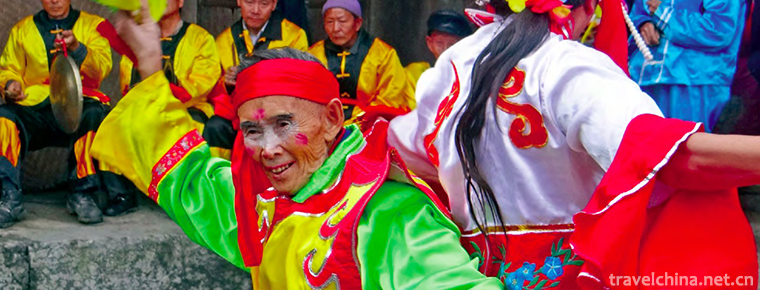
Gulin lantern
-
Jinji Lake
Jinji Lake is located in the northeast of the old urban area of Suzhou City, Jiangsu Province, and in the middle of Suzhou Industrial Park
Views: 255 Time 2018-12-06 -
Taining Scenic Tourist Area
Taining Scenic Spot: World Geopark, National AAAAA Class Tourist Spot, National Key Scenic Spot, National Forest Park, National Geopark, National Key Cultural Relics Protection Unit
Views: 214 Time 2018-12-08 -
China Ceramic Museum
The China Ceramic Museum is located in the Cultural Square in the center of Zibo City. On the basis of Zibo Exhibition Hall in April 2001, it was transformed by large-scale investment
Views: 147 Time 2018-12-22 -
Jinan Baili Yellow River Scenic Area
Jinan Baili Yellow River Scenic Area is adjacent to the northern part of Jinan City. The south gate of the Scenic Area is directly connected to Jinan City's central axis - Jilu Road
Views: 102 Time 2019-01-20 -
La Ga Shan
La'er Mountain is located in the South Bank of Bailong River in the southeast of Lijie Township, Zhouqu County, Gansu Province, 12 kilometers away from 313 provincial roads
Views: 137 Time 2019-01-29 -
Porcelain painting
Porcelain plate painting refers to a kind of planar ceramic handicraft which is manually painted and glazed with special chemical pigments on plain porcelain plate and then
Views: 253 Time 2019-04-22 -
Sintering Techniques of Dehua Porcelain
Dehua ceramic firing technology is a traditional handicraft in Dehua, Fujian Province. Dehua ceramic production began in the Neolithic Age, flourished in the Tang and Song Dynasties
Views: 175 Time 2019-04-26 -
Lanzhou Taiping Drum
Lanzhou Taiping Drum, a traditional dance in Lanzhou City, Gansu Province, is one of the national intangible cultural heritage.
Views: 272 Time 2019-05-10 -
Zeng Bu
Zeng bu (November 3, 1036 - August 21, 1107), Zi Zi Xuan, Tai Chang, son of Yi Zeng, brother Zeng Gong of Zhong Shu Shu, the Prime Minister of the Northern Song Dynasty, and the important supporter of
Views: 164 Time 2019-09-15 -
Yi sea
The Yi sea is also known as the fish sea, and the local Yi people are called Su pin. It is located in Yangping mountain, Yihai Town, 40 km north of Mianning County. It is 330 km away from Chengdu, the capital of Sichuan Province
Views: 150 Time 2020-10-15 -
Shixiang Lake
Shixiang lake is named after Shixiang temple, an ancient temple in the lake area. It is said that it was the place where Yan Yan, a general of the Three Kingdoms, rode an elephant to heaven.
Views: 210 Time 2020-10-16 -
Dazhou hydrology
The rivers in Dazhou city mainly belong to the Jialing River water system, which is a tributary of the Yangtze River. It originates from Daba Mountain and distributes in the form of branches from north to south. Qianhe River, Zhonghe River and Houhe Riv
Views: 192 Time 2020-12-20


